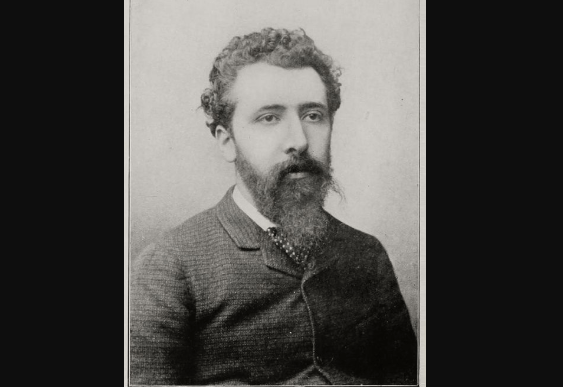Georges Pierre Seurat, born on December 2, 1859, in Paris, France, emerged as a leading figure in the 19th-century art scene. Renowned for his innovative approach to painting, Seurat co-founded neo-impressionism, a movement that incorporated optical theories into a technique known as pointillism or divisionism. Alongside artists like Paul Signac, Camille Pissarro, Edgar Degas, and Paul Gauguin, Seurat played a pivotal role in shaping the artistic landscape of his time.
Paul Signac Early Life and Education
Seurat’s artistic journey began in Lehmann’s workshop, where he delved into theories of color and light inspired by neoclassicist painter Jean-Auguste-Dominique Ingres. He further honed his skills at the Municipal School of Drawing in the mid-1870s, simultaneously immersing himself in the Impressionist movement. Notable influencers included Claude Monet, Pierre Auguste-Renoir, Edgar Degas, and Mary Cassatt.
In 1878, Seurat enrolled in the School of Fine Arts in Paris, where he explored studies on color and optics by Eugène Chevreul, Charles Blanc, and Oden Rood, influencing his future artistic endeavors.
Seurat and Pointillism
In the late 1870s, Seurat began experimenting with optical phenomena, leading to the development of pointillism. This technique involved using small points of pure colors to create a visual effect when observed by the human retina. Collaborating with fellow painter Paul Signac in the 1880s, Seurat co-founded the Paris Independents’ Salon in 1884, providing a platform for works rejected by the mainstream art scene.
Joined by artists like Camille Pissarro, the trio became central figures in the neo-impressionist movement. Notable works from this period include “The Artist’s Mother” (1883), “A Bath in Asnières” (1884), and the iconic “Sunday Afternoon on the Island of Grande Jatte” (1886).
Paul Signac Legacy and Later Works
Seurat’s impact extended beyond his lifetime. His innovative techniques influenced painters like Maximilien Luce and Henri-Edmond Cross. The masterpiece “Sunday Afternoon on the Island of Grande Jatte” exemplifies Seurat’s meticulous approach, as he spent hours observing and sketching to capture a vibrant scene.
In his later works, such as “Circus Sideshow” (1888) and “The Eiffel Tower” (1889), Seurat continued to push artistic boundaries. Sadly, his career was cut short by diphtheria, leading to his untimely death on March 29, 1891.
Legacy and Impact
Posthumously, Paul Signac carried forward the neo-impressionist ideals, encapsulating them in his book “From Eugène Delacroix to Neoimpressionism” (1899). While pointillism as a strict technique saw limited use, Seurat’s influence endured, impacting subsequent movements like Fauvism and Cubism.
FAQs :
1. What is pointillism?
Pointillism is a painting technique pioneered by Seurat, involving the use of small points of pure colors to create a visual effect when observed from a distance.
2. How did Seurat contribute to neo-impressionism?
Seurat, along with artists like Paul Signac and Camille Pissarro, co-founded neo-impressionism, a movement that applied optical theories to painting, leading to the development of pointillism.
3. What are some famous works by Seurat?
Seurat’s notable works include “The Artist’s Mother” (1883), “A Bath in Asnières” (1884), and the iconic “Sunday Afternoon on the Island of Grande Jatte” (1886).
4. How did Seurat’s techniques influence later art movements?
Seurat’s innovative techniques, particularly pointillism, profoundly influenced later art movements, including Fauvism and Cubism.
Georges Pierre Seurat’s legacy endures as a visionary artist who pushed the boundaries of traditional painting, leaving an indelible mark on the art world.






Leave a Reply